Home>Home Appliances>Kitchen Appliances>How To Get Burnt Sugar Off Glass Stove Top
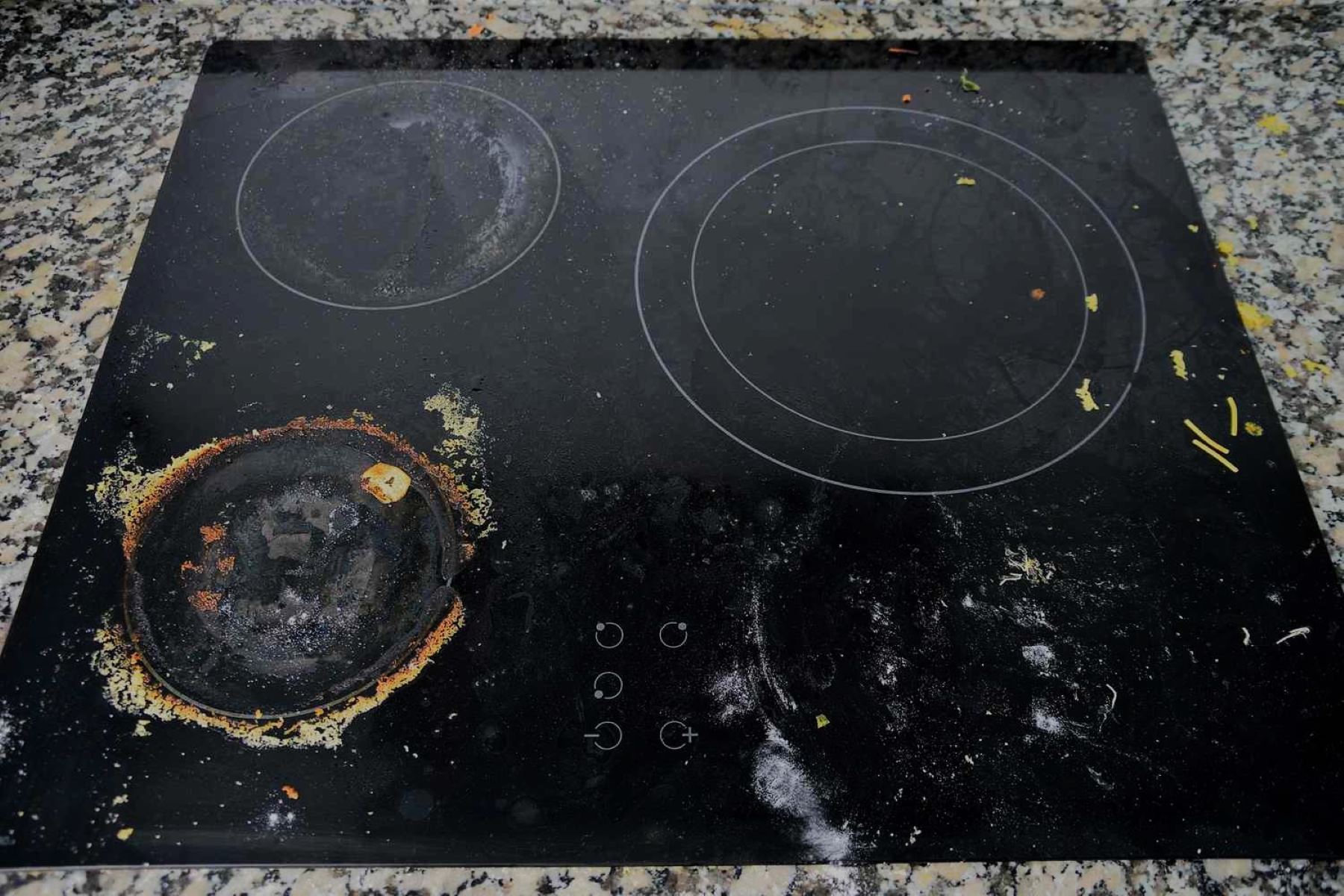

Kitchen Appliances
How To Get Burnt Sugar Off Glass Stove Top
Modified: February 18, 2024
Learn how to effectively remove burnt sugar from your glass stove top with our expert tips and tricks. Keep your kitchen appliances looking spotless and new!
(Many of the links in this article redirect to a specific reviewed product. Your purchase of these products through affiliate links helps to generate commission for Storables.com, at no extra cost. Learn more)
Introduction
Dealing with burnt sugar on a glass stove top can be a frustrating and daunting task. Whether it's the result of a cooking mishap or an accidental spill, the sticky residue can seem like an insurmountable challenge. However, with the right approach and a few simple techniques, you can effectively remove burnt sugar and restore the pristine appearance of your glass stove top.
In this comprehensive guide, we will walk you through the step-by-step process of tackling this common kitchen dilemma. From understanding the nature of burnt sugar to utilizing the appropriate tools and materials, we'll cover everything you need to know to tackle this cleaning task with confidence.
By following the methods outlined in this guide, you can effectively remove burnt sugar from your glass stove top without causing any damage or scratches. With a little patience and the right approach, you can restore your stove top to its original luster and ensure that it remains a focal point of cleanliness and functionality in your kitchen.
So, roll up your sleeves and get ready to bid farewell to that stubborn burnt sugar residue. With the right knowledge and a proactive mindset, you'll soon be enjoying a sparkling clean glass stove top once again. Let's dive into the details and get your glass stove top looking as good as new!
Key Takeaways:
- Say goodbye to burnt sugar on your glass stove top! Use gentle tools like a razor blade scraper and white vinegar to effectively remove stubborn residue without causing damage. Your stove top will shine like new!
- Keep your glass stove top sparkling by using baking soda paste and cooktop cleaner to lift and eliminate burnt sugar residue. Regular maintenance with gentle cleaning methods ensures long-term cleanliness and functionality.
Read more: How To Get Burnt On Sugar Off Glass Cooktop
Understanding the Burnt Sugar
When sugar comes into contact with a hot surface, such as a glass stove top, it undergoes a transformation that can be quite challenging to clean. The high heat causes the sugar to caramelize and form a stubborn, sticky residue that adheres tightly to the surface. This burnt sugar residue not only mars the appearance of the stove top but also poses a cleaning challenge due to its tenacious nature.
The caramelization process involves the sugar molecules breaking down and undergoing a series of complex chemical reactions when exposed to heat. As the sugar heats up, it melts and eventually darkens, forming a viscous and adhesive substance that can be particularly difficult to remove from smooth surfaces like glass.
The burnt sugar residue can also pose a risk of further damage if not addressed promptly. If left unattended, the sugar can harden and become even more firmly bonded to the glass surface, making it increasingly challenging to clean. Additionally, attempting to scrape or scrub the burnt sugar without the appropriate techniques and tools can potentially scratch or damage the glass stove top.
Understanding the nature of burnt sugar is crucial in devising an effective cleaning strategy. By recognizing the characteristics of this stubborn residue, you can approach the cleaning process with the right tools and methods, ensuring that you effectively remove the burnt sugar without causing any harm to the glass surface.
Now that we have a better understanding of the challenges posed by burnt sugar on a glass stove top, let's delve into the tools and materials needed to tackle this cleaning task effectively.
Tools and Materials Needed
To effectively tackle the task of removing burnt sugar from a glass stove top, you'll need a few essential tools and materials to ensure a thorough and safe cleaning process. Here's a detailed list of what you'll need:
1. Razor Blade Scraper:
A razor blade scraper with a handle is a crucial tool for gently removing stubborn burnt sugar residue from the glass surface. Look for a scraper specifically designed for glass stovetops to minimize the risk of scratching or damaging the surface.
2. Microfiber Cloth or Soft Cleaning Pads:
Opt for a soft microfiber cloth or cleaning pads specifically designed for glass surfaces. These gentle materials are effective for wiping and buffing the stove top without leaving scratches or streaks.
Read more: How To Get Burnt Sugar Off A Glass Top Stove
3. White Vinegar:
White vinegar is a versatile and natural cleaning agent that can effectively break down burnt sugar residue. Its acidic properties help to loosen the sticky residue, making it easier to remove without causing damage to the glass surface.
4. Baking Soda:
Baking soda is a mild abrasive that can aid in gently scrubbing away burnt sugar without scratching the glass. Its natural cleaning properties make it an excellent choice for tackling tough stains and residues.
5. Cooktop Cleaner:
Invest in a specialized cooktop cleaner designed for glass or ceramic surfaces. These cleaners are formulated to effectively remove stubborn residues while safeguarding the integrity of the glass stove top.
6. Plastic or Wooden Scraper:
In addition to the razor blade scraper, have a plastic or wooden scraper on hand for gently lifting and removing larger chunks of burnt sugar without risking scratches or damage to the glass surface.
Read more: How To Get Burnt Milk Off Glass Cooktop
7. Protective Gloves:
To protect your hands during the cleaning process, consider using protective gloves. These will shield your skin from any harsh cleaning solutions and ensure a safe and comfortable cleaning experience.
8. Mild Dish Soap:
A gentle dish soap can be used to create a soapy cleaning solution for initial surface cleaning before tackling the burnt sugar residue. Look for a mild, non-abrasive formula to avoid leaving behind any residue or film.
By gathering these essential tools and materials, you'll be well-equipped to tackle the challenge of removing burnt sugar from your glass stove top effectively and safely. With the right resources at your disposal, you can proceed with confidence and ensure that your cleaning efforts yield a sparkling and pristine result.
Step 1: Removing Loose Debris
Before delving into the targeted removal of burnt sugar residue, it's essential to begin the cleaning process by addressing any loose debris or surface impurities on the glass stove top. This initial step sets the stage for a more focused and effective approach to tackling the stubborn burnt sugar residue.
To commence the process, start by ensuring that the glass stove top has completely cooled down to a safe temperature. Attempting to clean a hot surface can pose safety risks and may also make it more challenging to remove debris effectively.
Once the stove top is cool to the touch, begin by using a soft microfiber cloth or a cleaning pad to gently wipe away any loose crumbs, food particles, or other surface debris. This preliminary cleaning step helps to clear the surface of any loose contaminants that could potentially interfere with the targeted removal of burnt sugar.
For more stubborn or larger debris, consider using a plastic or wooden scraper to carefully lift and remove the particles without causing any damage to the glass surface. Exercise caution and avoid using metal tools that could scratch or mar the stove top.
By meticulously clearing the surface of loose debris, you create a clean canvas for the subsequent steps in the cleaning process. This initial preparation sets the stage for a more focused and efficient approach to addressing the burnt sugar residue, ensuring that your efforts are targeted and effective.
With the loose debris cleared and the glass stove top primed for the next steps, you're now ready to proceed to the subsequent stages of removing the stubborn burnt sugar residue. This methodical approach sets the foundation for a thorough and successful cleaning process, ultimately leading to the restoration of your glass stove top's pristine appearance.
Step 2: Applying Heat
After addressing loose debris and preparing the glass stove top for targeted cleaning, the next step involves utilizing the power of heat to help loosen the stubborn burnt sugar residue. Applying controlled heat to the affected areas can effectively soften the sticky residue, making it easier to remove without resorting to aggressive scrubbing or scraping that could potentially damage the glass surface.
To begin this step, it's important to ensure that the glass stove top is completely cool and free from any residual moisture from the previous cleaning steps. Once the surface is dry and at a safe temperature, you can proceed with the application of heat to the affected areas.
One effective method involves using a white vinegar solution to harness the power of heat and acidity in breaking down the burnt sugar residue. Start by applying a generous amount of white vinegar directly onto the affected areas of the glass stove top. The acidic nature of the vinegar helps to weaken the bond of the burnt sugar, facilitating its removal without causing harm to the glass surface.
Allow the white vinegar to sit on the affected areas for approximately 5 to 10 minutes, giving it ample time to penetrate and soften the stubborn residue. During this waiting period, the vinegar works to gradually dissolve the burnt sugar, making it more responsive to the subsequent cleaning steps.
As the vinegar works its magic, you can also consider gently warming the affected areas using a hairdryer set to a low or medium heat setting. The gentle application of heat from the hairdryer can further aid in softening the burnt sugar residue, enhancing the effectiveness of the cleaning process.
By combining the use of white vinegar and controlled heat application, you create an environment that is conducive to loosening the stubborn burnt sugar residue from the glass stove top. This strategic approach sets the stage for the subsequent steps in the cleaning process, ensuring that you can effectively tackle the residue without resorting to harsh or abrasive methods.
With the application of heat and vinegar, the burnt sugar residue is now primed for the next phase of the cleaning process. This methodical approach sets the foundation for a thorough and successful removal of the stubborn residue, ultimately leading to the restoration of your glass stove top's pristine appearance.
Read more: How To Get Burnt Stuff Off Glass Stove Top
Step 3: Using Cleaning Solutions
With the burnt sugar residue effectively loosened through the application of heat and white vinegar, the next crucial step involves the strategic use of cleaning solutions to further break down and remove the stubborn residue from the glass stove top. By selecting the right cleaning solutions and applying them methodically, you can ensure a thorough and effective cleaning process without compromising the integrity of the glass surface.
One highly effective cleaning solution for tackling burnt sugar residue is a paste made from baking soda and water. Baking soda, known for its mild abrasive properties and natural cleaning efficacy, can be combined with water to form a gentle yet potent cleaning paste. Begin by creating a thick paste by mixing baking soda with a small amount of water, ensuring that the consistency is suitable for spreading onto the affected areas of the glass stove top.
Once the baking soda paste is prepared, carefully apply it to the areas where the burnt sugar residue is concentrated. Using a soft cleaning pad or a non-abrasive sponge, gently work the baking soda paste into the affected areas, employing circular motions to effectively target the stubborn residue. The mild abrasive nature of the baking soda aids in lifting and breaking down the burnt sugar without causing any damage to the glass surface.
In addition to the baking soda paste, a specialized cooktop cleaner designed for glass or ceramic surfaces can also be employed to further enhance the cleaning process. These dedicated cleaners are formulated to effectively target tough residues while safeguarding the integrity of the glass stove top. Apply the cooktop cleaner according to the manufacturer's instructions, ensuring thorough coverage of the affected areas.
As the cleaning solutions work their magic, allow them to sit on the affected areas for a few minutes to maximize their effectiveness in breaking down the burnt sugar residue. This waiting period allows the solutions to penetrate and dissolve the stubborn residue, preparing it for the final removal stages.
By utilizing the power of strategic cleaning solutions, including the baking soda paste and specialized cooktop cleaner, you can effectively target and break down the burnt sugar residue without resorting to harsh or abrasive methods. This meticulous approach ensures that the cleaning process is thorough and safe, ultimately leading to the restoration of your glass stove top's pristine appearance.
With the strategic application of cleaning solutions, the burnt sugar residue is now primed for the final stages of the cleaning process. This methodical approach sets the foundation for a thorough and successful removal of the stubborn residue, ultimately leading to the restoration of your glass stove top's lustrous and spotless surface.
Step 4: Scrubbing and Wiping
With the burnt sugar residue effectively loosened and broken down by the strategic application of heat and cleaning solutions, the next critical step involves the meticulous process of scrubbing and wiping the glass stove top to remove the stubborn residue and restore its pristine appearance.
Using a razor blade scraper with a handle designed specifically for glass stove tops, gently and carefully scrape the affected areas to lift off the softened burnt sugar residue. Hold the scraper at a low angle to the surface to avoid causing any scratches, and use light, controlled motions to gradually remove the residue. Exercise caution and patience during this process, ensuring that the residue is lifted without exerting excessive force that could potentially damage the glass surface.
Following the gentle scraping process, use a soft microfiber cloth or a designated glass cleaning pad to wipe the surface, removing the lifted burnt sugar residue and any residual cleaning solutions. Employ circular motions to ensure thorough coverage and effective removal of the residue, periodically inspecting the surface to monitor the progress.
For any persistent or residual traces of burnt sugar, consider reapplying the baking soda paste or cooktop cleaner to the affected areas and repeating the gentle scrubbing and wiping process. By approaching the cleaning methodically and attentively, you can ensure that even the most stubborn remnants of burnt sugar are effectively addressed without compromising the integrity of the glass stove top.
Once the scrubbing and wiping process is complete, inspect the glass stove top to ensure that all traces of burnt sugar residue have been successfully removed. Any remaining streaks or marks can be gently buffed and polished using a clean microfiber cloth, ensuring that the surface achieves a sparkling and streak-free finish.
By meticulously scrubbing and wiping the glass stove top, you can effectively remove the stubborn burnt sugar residue and restore the surface to its original luster. This methodical approach ensures that the cleaning process is thorough and safe, ultimately leading to the rejuvenation of your glass stove top's spotless and gleaming appearance.
This meticulous approach sets the foundation for a successful removal of the stubborn residue, ultimately leading to the restoration of your glass stove top's pristine and lustrous surface.
Step 5: Final Touches and Maintenance
After successfully removing the stubborn burnt sugar residue and restoring the pristine appearance of your glass stove top, it's essential to complete the cleaning process with final touches and implement maintenance practices to ensure long-term cleanliness and functionality.
Begin by thoroughly inspecting the glass stove top to ensure that all traces of burnt sugar residue have been effectively removed. Take a moment to appreciate the gleaming and spotless surface, confirming that the cleaning efforts have yielded a satisfying result.
Next, use a clean microfiber cloth to gently buff and polish the entire glass surface, ensuring that any residual streaks or marks are eliminated. Employ circular motions to achieve a streak-free and lustrous finish, enhancing the overall appearance of the stove top.
To maintain the cleanliness and pristine condition of the glass stove top, consider implementing regular maintenance practices. After each cooking session, promptly wipe down the surface with a soft microfiber cloth to remove any spills, splatters, or food residues. This proactive approach helps prevent the accumulation of stubborn residues and simplifies the cleaning process in the long run.
Additionally, consider using a dedicated glass stove top cleaner on a periodic basis to maintain the luster and cleanliness of the surface. These specialized cleaners are formulated to effectively remove grease, grime, and residue, ensuring that your glass stove top remains a focal point of cleanliness and functionality in your kitchen.
Incorporating these maintenance practices into your routine not only preserves the pristine appearance of the glass stove top but also contributes to its longevity and durability. By proactively caring for the surface, you can enjoy a sparkling and spotless stove top for years to come, enhancing the overall aesthetic and functionality of your kitchen.
With the final touches and maintenance practices in place, you can admire the restored beauty of your glass stove top and take pride in the meticulous cleaning process. By implementing these measures, you ensure that the glass stove top remains a shining centerpiece in your kitchen, reflecting cleanliness and care.
This comprehensive approach to final touches and maintenance completes the cleaning process, leaving you with a glass stove top that exudes brilliance and cleanliness, ready to serve as the centerpiece of your culinary endeavors.
Conclusion
In conclusion, successfully removing burnt sugar from a glass stove top requires a strategic and methodical approach, coupled with the right tools, materials, and cleaning techniques. By understanding the nature of burnt sugar and its adhesive properties, individuals can effectively address this common kitchen cleaning challenge without compromising the integrity of the glass surface.
Throughout this comprehensive guide, we have explored the step-by-step process of tackling burnt sugar residue, from the initial removal of loose debris to the strategic application of heat and cleaning solutions. By meticulously scrubbing and wiping the glass stove top, individuals can effectively lift and eliminate the stubborn residue, ultimately restoring the surface to its original luster.
Furthermore, the final touches and maintenance practices outlined in this guide emphasize the importance of proactive care and regular upkeep to ensure the long-term cleanliness and functionality of the glass stove top. By incorporating these measures into their routine, individuals can preserve the pristine appearance of the stove top and enjoy a sparkling and spotless surface for years to come.
It is important to note that patience, attention to detail, and the use of gentle cleaning methods are essential in safeguarding the glass surface from scratches or damage during the cleaning process. By following the techniques outlined in this guide, individuals can confidently address burnt sugar residue and maintain the visual appeal and functionality of their glass stove top.
Ultimately, the successful removal of burnt sugar from a glass stove top not only enhances the aesthetic appeal of the kitchen but also contributes to a clean and inviting culinary environment. With the right knowledge and proactive care, individuals can ensure that their glass stove top remains a shining centerpiece, reflecting cleanliness and meticulous maintenance.
By following the comprehensive steps and recommendations provided in this guide, individuals can bid farewell to stubborn burnt sugar residue and welcome a gleaming and spotless glass stove top, ready to support their culinary endeavors with elegance and functionality.
Frequently Asked Questions about How To Get Burnt Sugar Off Glass Stove Top
Was this page helpful?
At Storables.com, we guarantee accurate and reliable information. Our content, validated by Expert Board Contributors, is crafted following stringent Editorial Policies. We're committed to providing you with well-researched, expert-backed insights for all your informational needs.
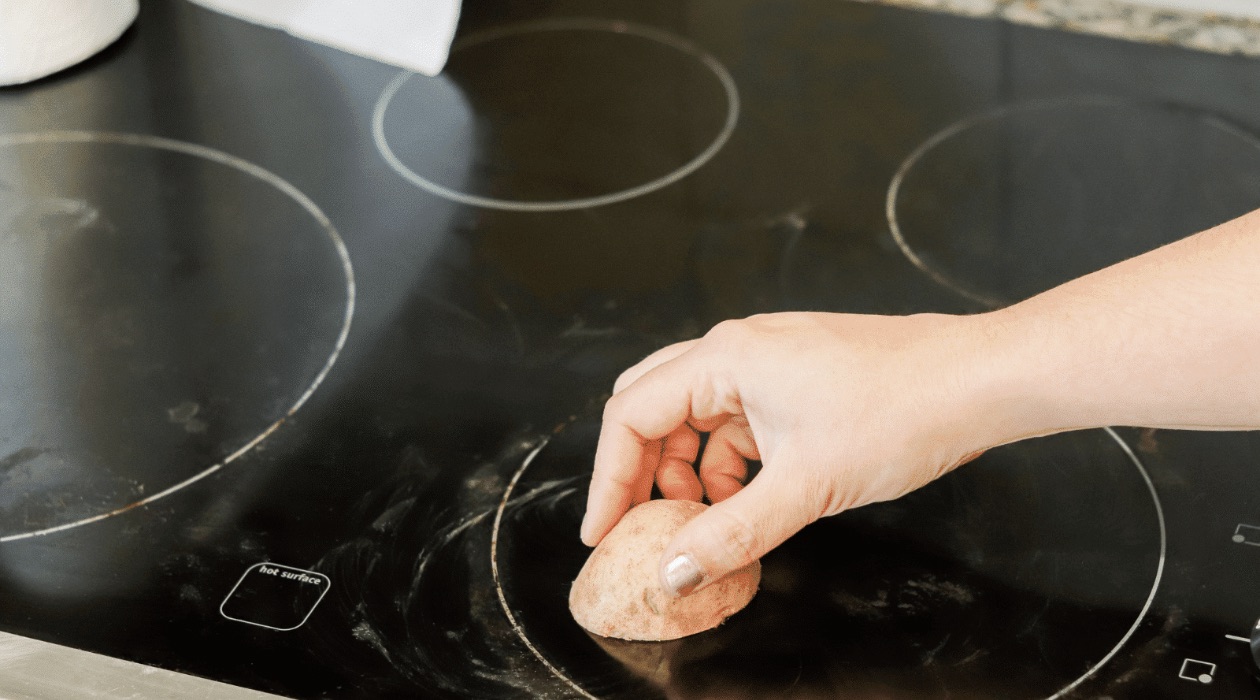
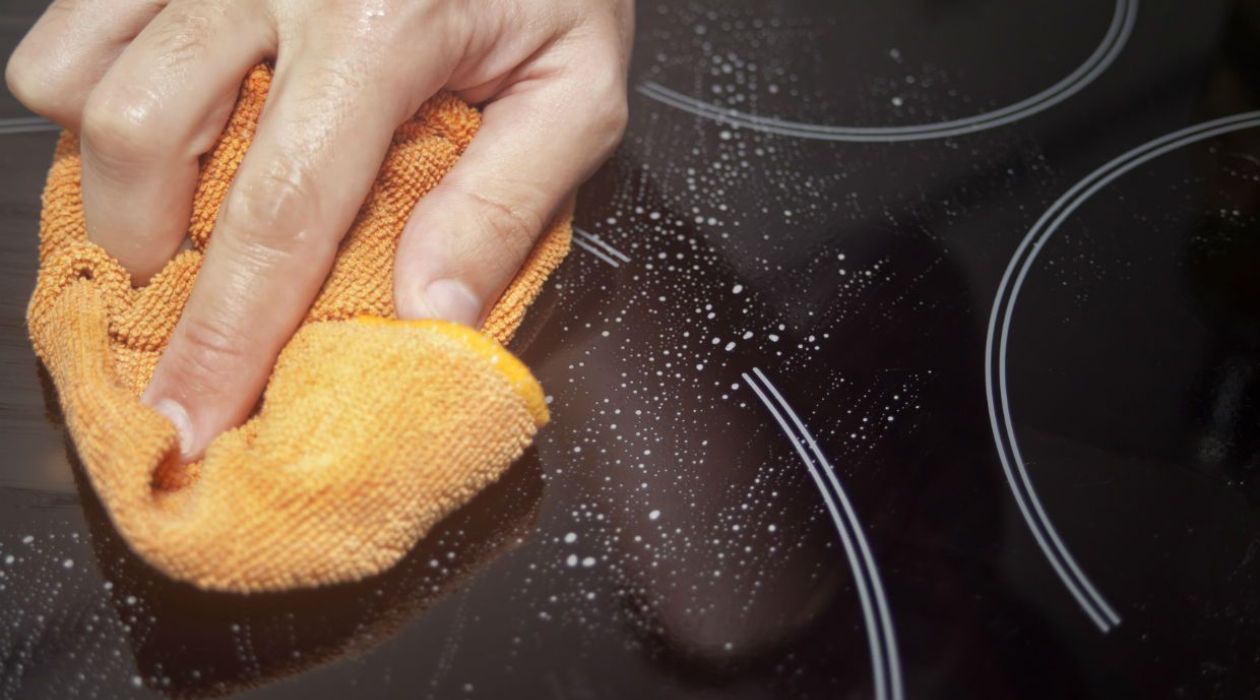
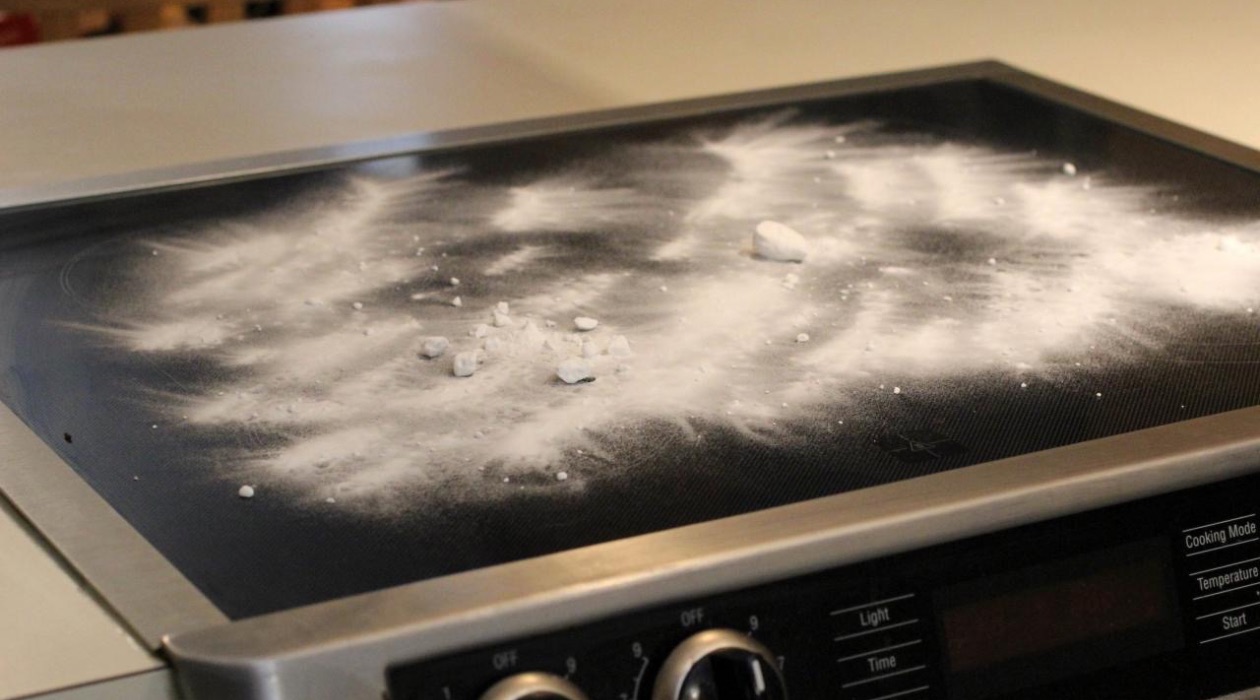
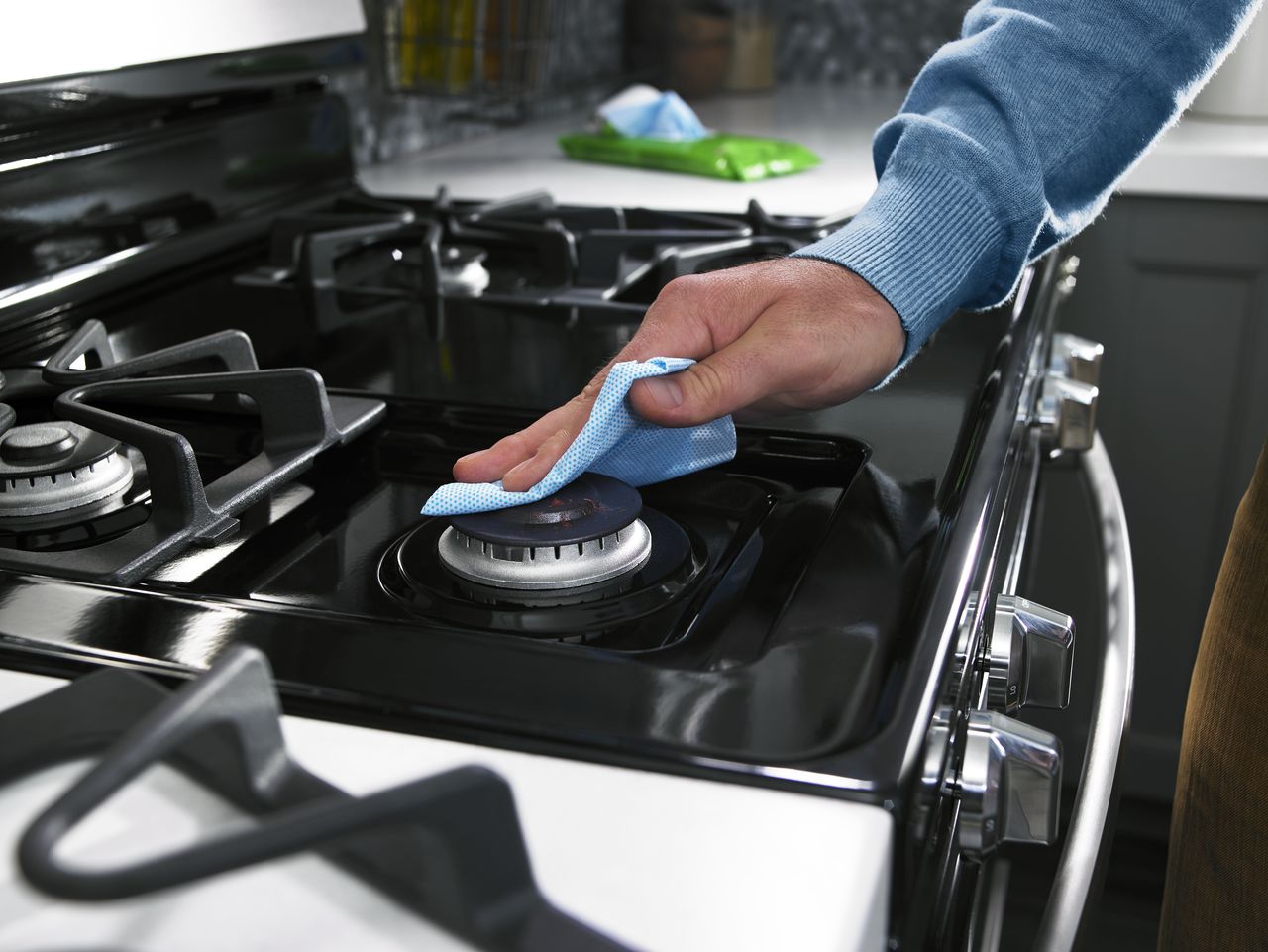
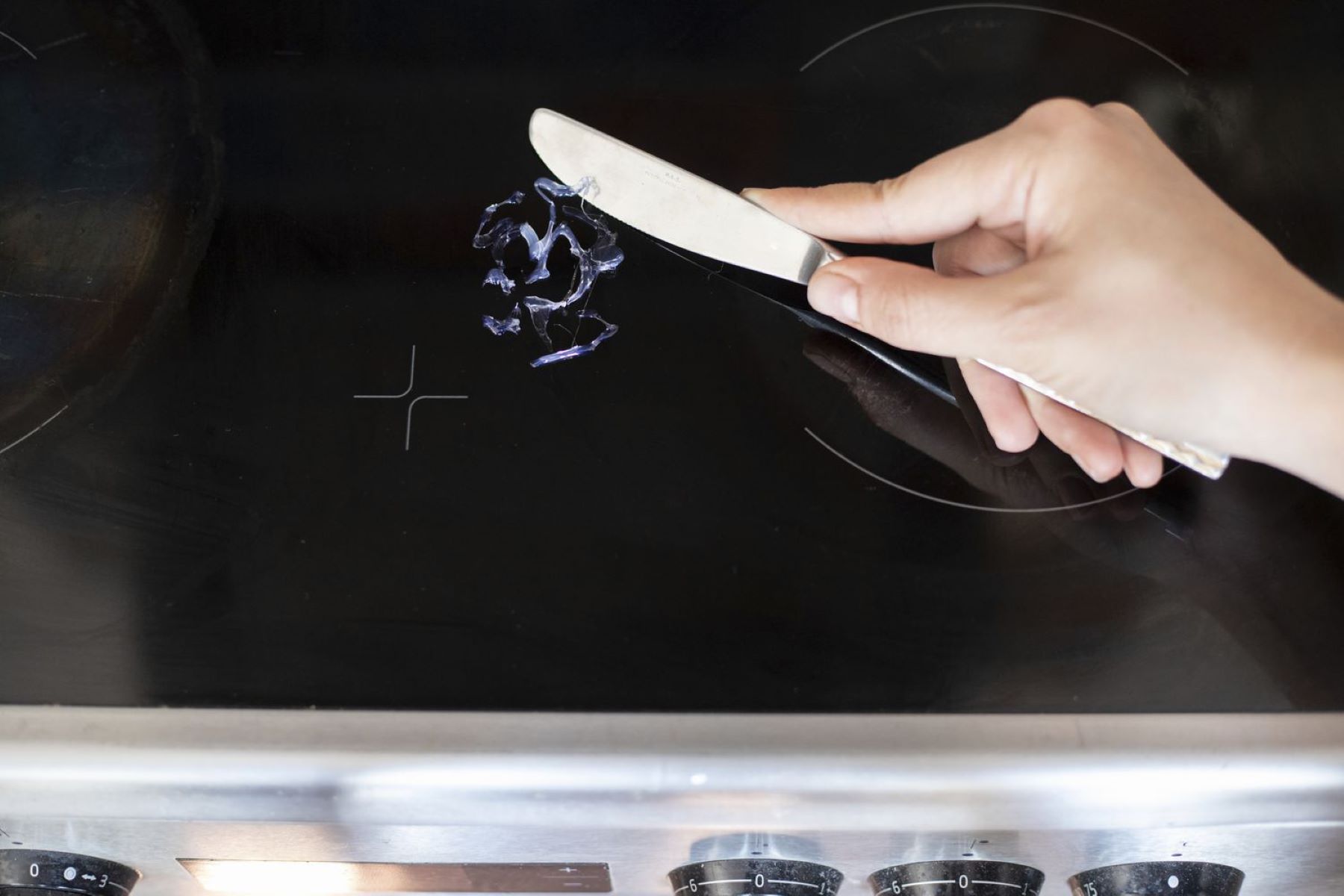
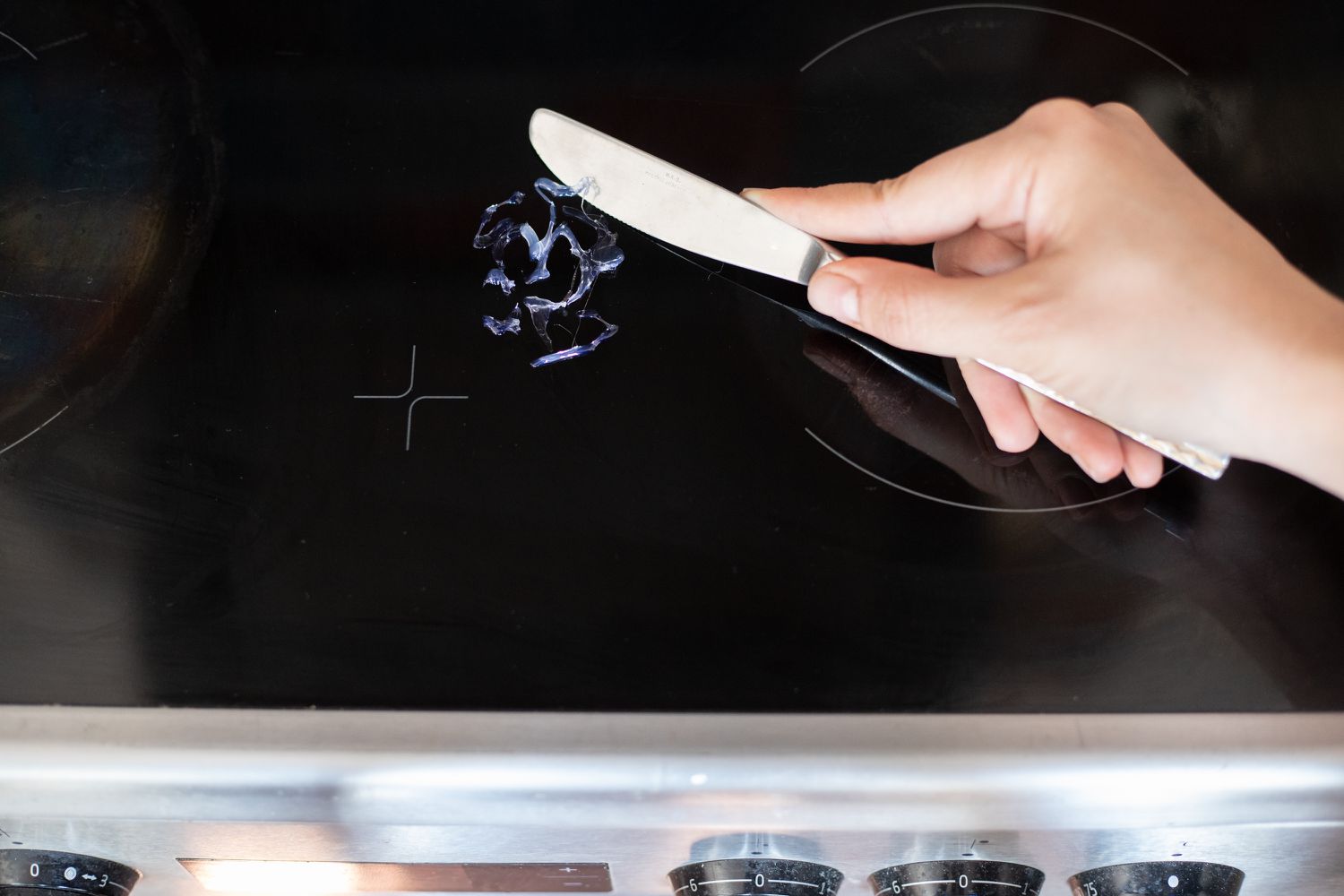
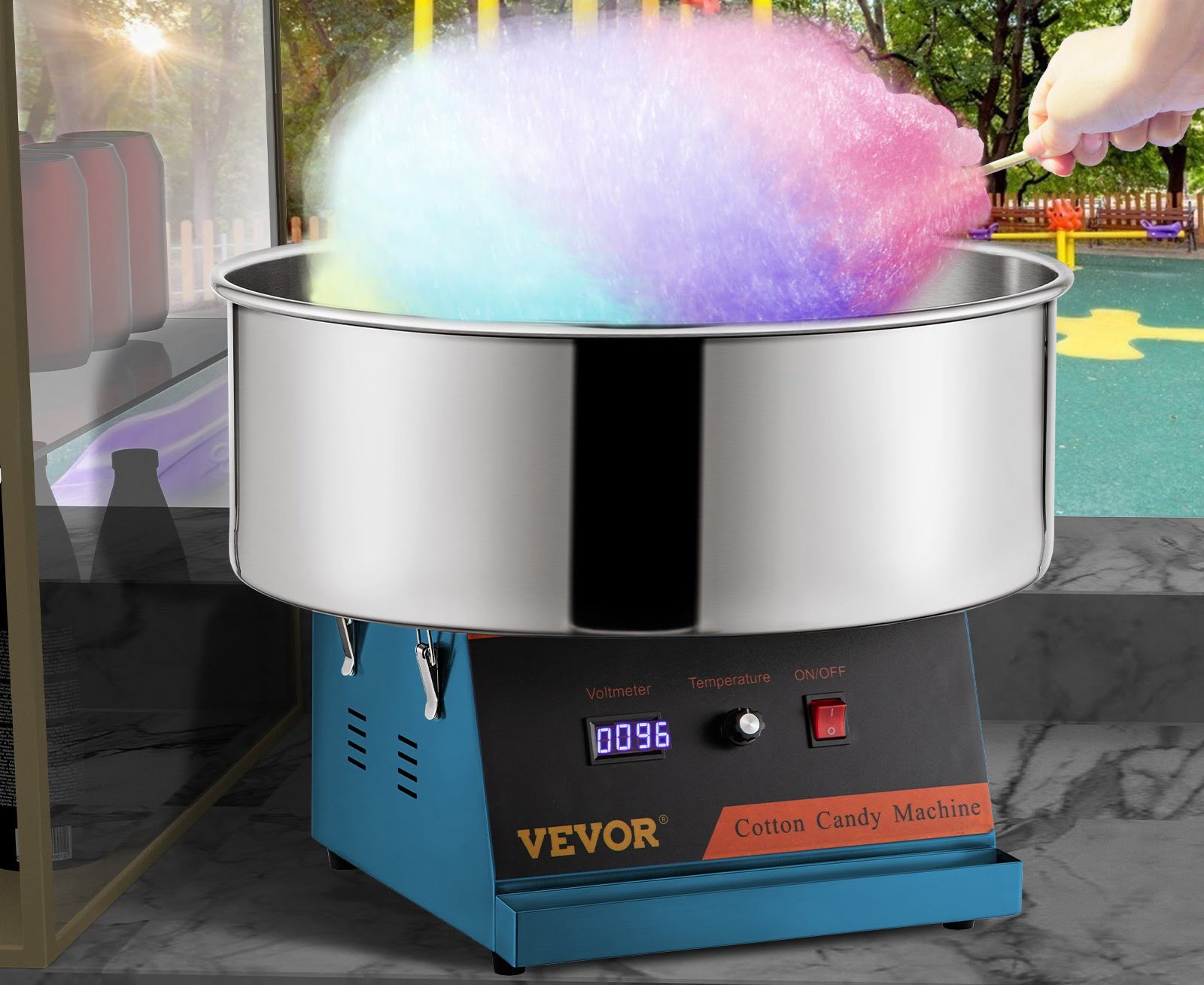
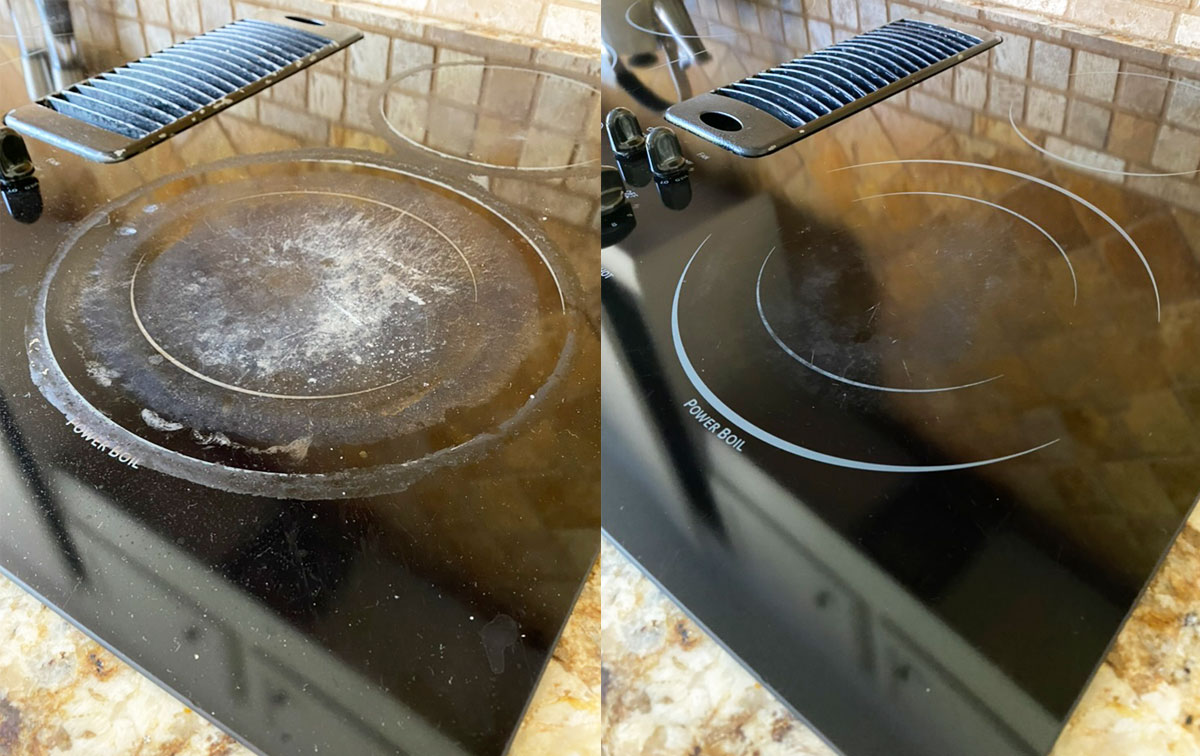
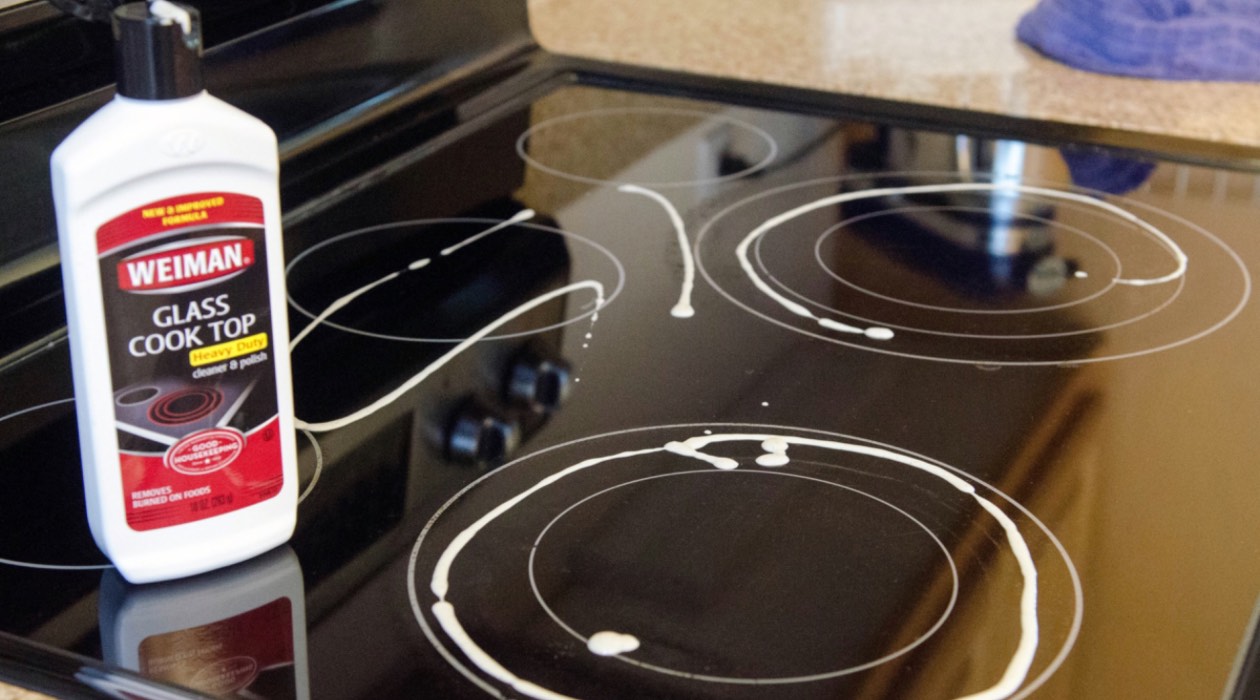
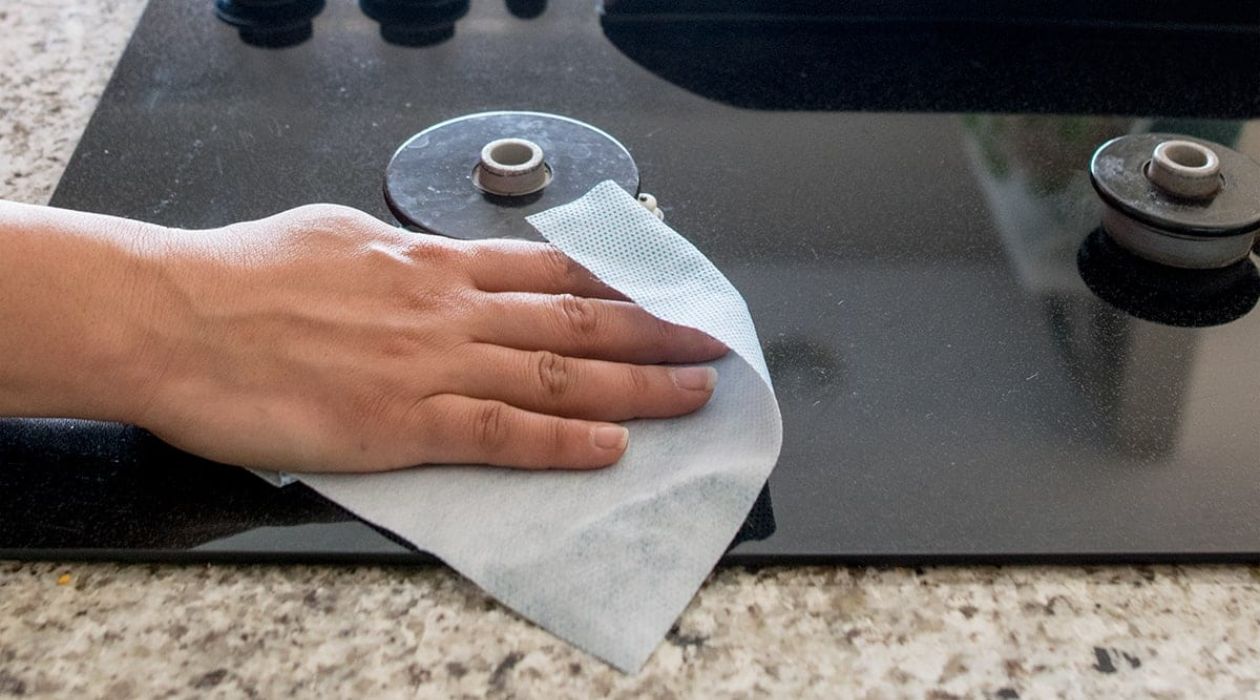
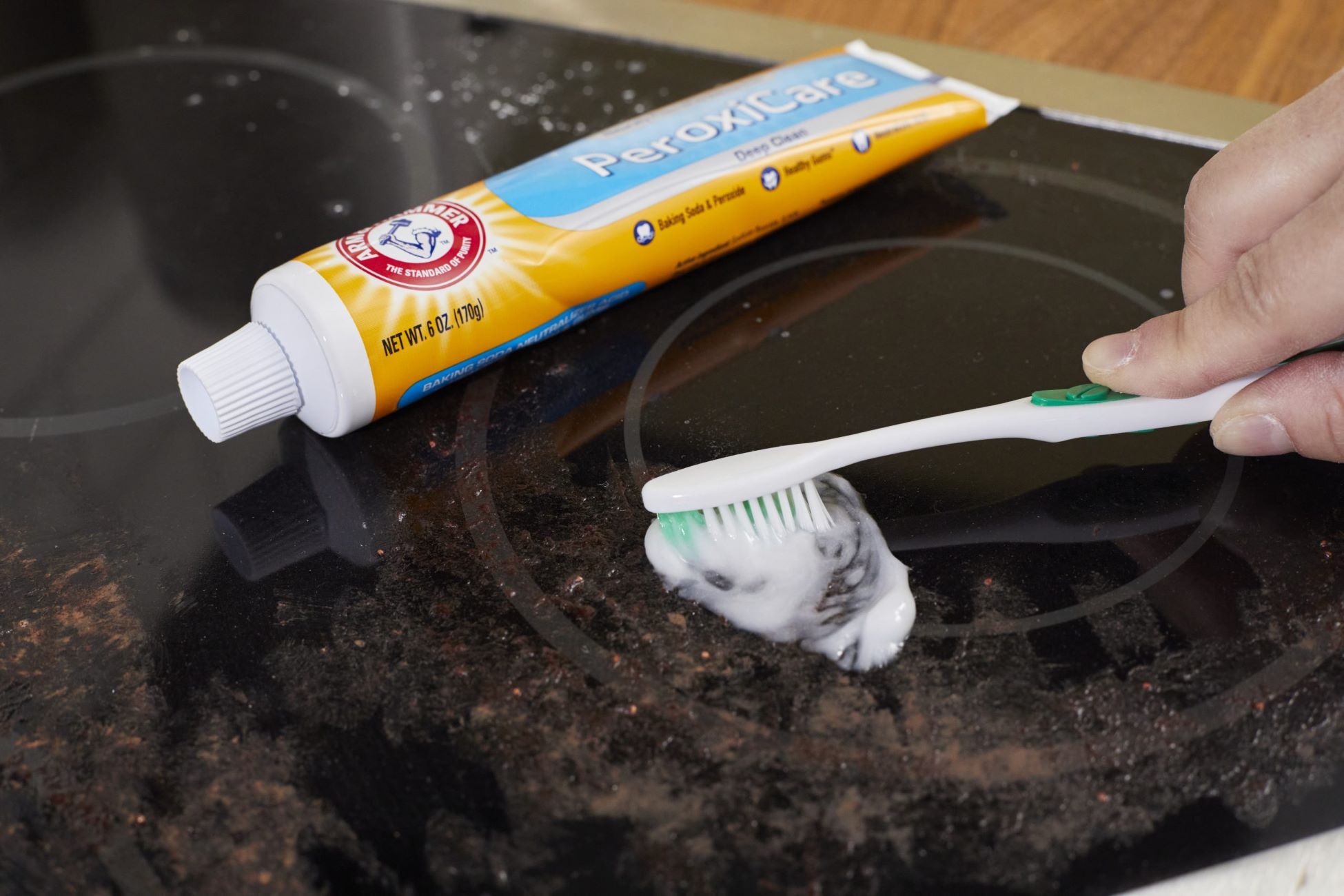
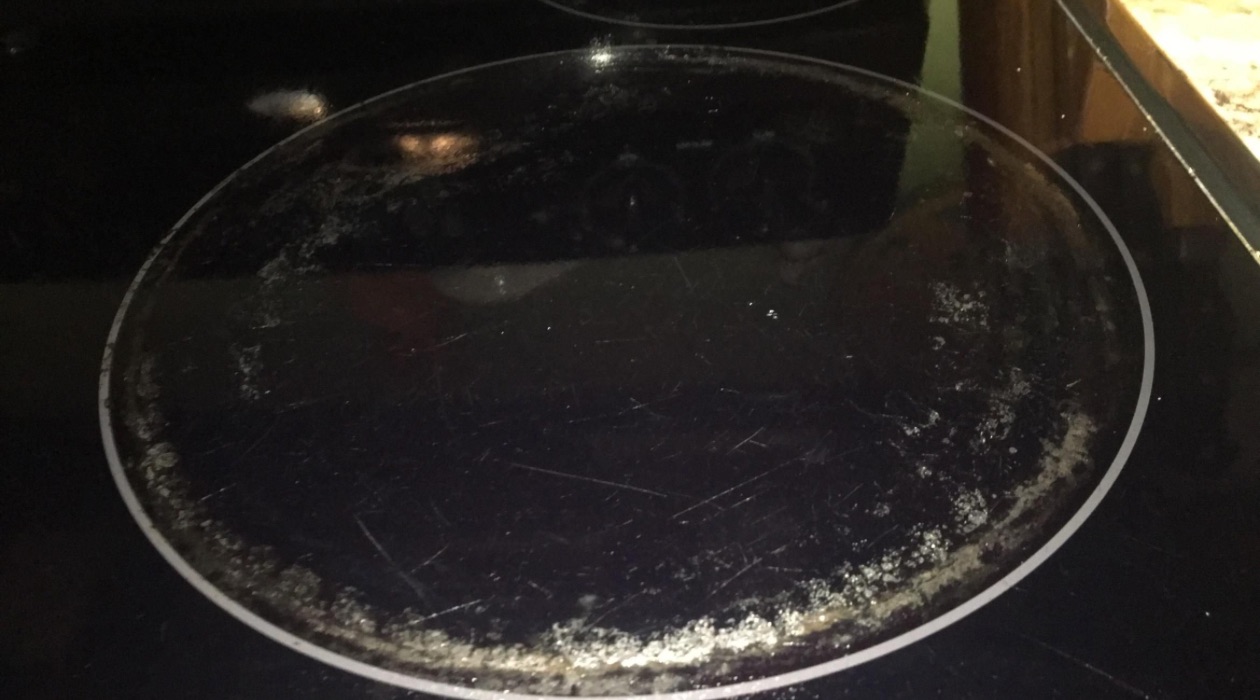

0 thoughts on “How To Get Burnt Sugar Off Glass Stove Top”